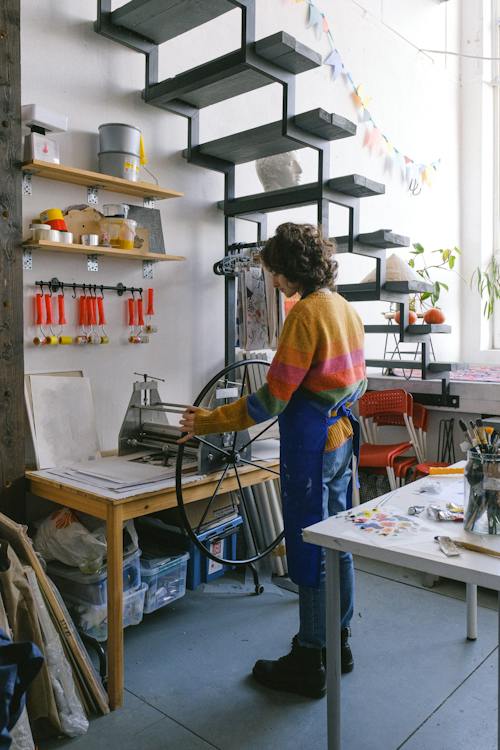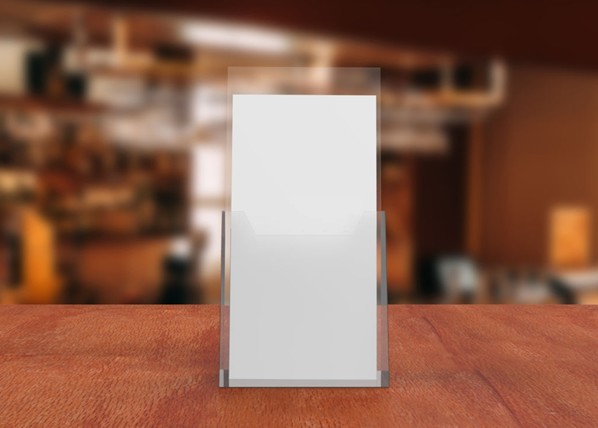If you want to screen your picture on something that has a massive wow-factor; the stuff people are going to rave about; something that’s fresh, elegant, and beautifully vivid, encasing the same in a Plexiglas Print is the way forward. Yet what is acrylic picture printing all about? Let’s take a closer look at it.
What is plexiglass printing?
Plexi is nothing but a highly refined and premium form of transparent Acrylic. Nowadays, it is frequently used as an incredible replacement against the standard glass. Owing to the better and long-lasting outcomes that this particular material imparts, many artists and printers prefer to print their artwork using Plexi/acrylic sheets.
What is frequently referred to as “Plexiglas” is actually a premium quality brand of transparent Acrylic, which is marketed today under several different labels, including Lucite, Acrylite, and Perspex. Your focus ought to be on the use of only the highest quality and genuine Plexi to attain desirable results.
Usually, there are two alternatives to produce acrylic prints:
- Direct to Print:
The most commonly used Plexi print option is Plexi-direct or acrylic-direct. In this, the picture is directly printed to the back of the 1/4′′ acrylic sheet— the process involves absolutely no use of paper. If required, an alternative framing boundary in stainless steel can also be provided, but the print looks just fine without that too.
- Paper mounted:
Another popular plexiglass printing solution involves the use of high-definition picture paper for printing the image and then affixing the paper to the back of Plexi’s 1/4′′ plate. It is called mounted paper acrylic printing technique—the processing covers 100 percent of the Plexi sheet, which is then affixed with a museum backing.
The Plexiglass prints produced using the above techniques offer long-term sturdiness and fade-resistance properties. In fact, under ordinary conditions involving some sunshine, your high-quality Acrylic Print is not likely to lose color or shine even after a timelapse of whooping 120 years!
Difference between acrylic print and paper printing
There’s more to the equation when it comes to professional photography than merely shooting a perfect composition. If you’re a skilled photographer searching for premium printing solutions for your pictures, or even a novice eager to master tricks of the trade, it’s essential to realize that different printing methods are ideal for different types of images.
While hours of patience, persistence, and execution could go into capturing a perfect shot, yet your labor might go all futile unless you pick an appropriate printing solution that does justice to your effort. Both paper and resin-based prints provide an excellent way of showcasing your images, but they vary significantly in terms of the distinctive benefits each one has to offer. Let us dive deep to know more about these.
1. Processing
Canvas imaging is done by directly printing a picture onto a paper, followed by wrapping it to a frame. It can be done in custom sizes, and the printed image can be UV laminated too for the sake of prevention against sun damage. On the contrary, a Plexiglass image printing involves printing either on paper and sandwiching it through two sheets of 5 mm acrylic or, the print can be done directly on the Plexi plates too. The Acrylic back sheet can be black, white, or clear depending on which image style fits the best. Stoppers in aluminum are used to bind.
2. Appearance of printed design
If you are looking for an ultra-sleek and contemporary look finish, Canvas is in no competition to the high-quality and super lustrous acrylic print. The result is vivid and bright images that are sure to last pretty long without much upkeep. Yet canvas or paper printing may render a textured finish to impart your work a more natural and an old-school feel, though it might not last for more than a few years.
3. Tonal Vibrancy
When it comes to the vibrancy and vividness of the colors, plexiglass prints again end up on the winning side. The shades are so rich and deep that they impart an otherworldly feel to the picture. On the contrary, when it comes to paper, you need to put an additional color to maintain the even ink coverage, which, in turn, may result in loss of detail.
4. Longevity
Acrylic prints are shatter and scratch-resistant, while paper prints are not; Former offers UV protection too, making them the best choice to consider.
Where to use plexiglass prints for home décor?
Acrylic prints deliver a vivid range of decor options, irrespective of the place where you intend to showcase them. Be it sprucing up a living room with a few color splashes, contemplating home interior makeover, or enhancing a sleekly crafted public space, Plexiglass prints can be a perfect answer to any of these.
From strategically placing these beautiful prints above the mantel, fireplace, dining room wall to the bedroom, dressing, and kids’ play zone, there are options galore— and they are never going to fail you with the results.




